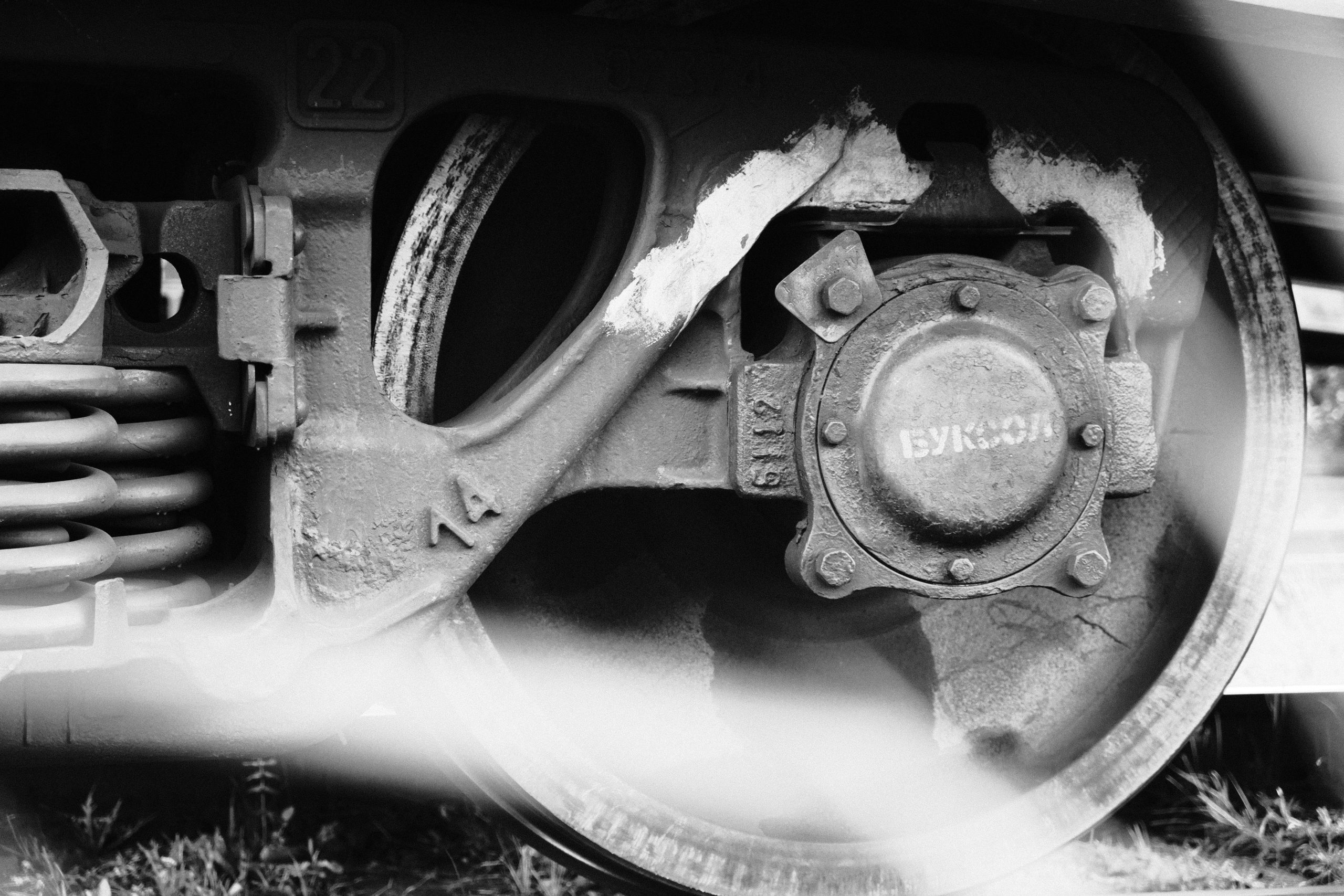The crucial importance of a vehicle’s transmission system
When it comes to vehicle maintenance, many people tend to focus on the more obvious components such as the engine, tires, and brakes. However, there is one crucial aspect of a vehicle that often goes unnoticed – the transmission system. This vital component is responsible for transferring power from the engine to the wheels, allowing the vehicle to move. Without a properly functioning transmission system, a vehicle would be unable to run, making it an essential part of any vehicle. In this article, we will discuss the crucial importance of a vehicle’s transmission system in detail, including its components, functions, and maintenance tips.
The Components of a Transmission System
Before we delve into the importance of a vehicle’s transmission system, let us first understand its components. The main parts of a transmission system include the gearbox, clutch, and differential. The gearbox, also known as the transmission, is responsible for changing the speed and torque of the power from the engine and delivering it to the wheels. The clutch is a mechanical device that connects and disconnects the engine from the gearbox. And finally, the differential is a set of gears that allows the wheels to rotate at different speeds while turning, ensuring smoother and more precise movements.
The Functions of a Transmission System
Now that we know the different parts of a transmission system let us explore its functions. As mentioned earlier, the transmission system is responsible for transferring power from the engine to the wheels. But it does much more than that. It also allows the driver to control the speed and torque of the vehicle by selecting different gears using the gearbox. In addition, the transmission system provides smooth acceleration and deceleration, allowing for a comfortable and safe driving experience. It also helps with fuel efficiency by maintaining the engine at its optimum speed and torque.
The Importance of Maintaining a Transmission System
Considering the crucial role of a transmission system in a vehicle, it is essential to maintain it correctly. Regular maintenance can prevent costly repairs or replacements and ensure the longevity of the transmission system. One of the key maintenance tips is to check the transmission fluid regularly. The fluid is responsible for keeping the transmission lubricated and cool, preventing wear and tear. It is recommended to change the transmission fluid every 30,000 to 60,000 miles, depending on the vehicle manufacturer’s instructions.
In addition, it is crucial to have any transmission issues addressed immediately. Ignoring small problems such as gears grinding or slipping can lead to more significant problems and potentially result in the need for a complete transmission replacement. It is also essential to get the transmission system checked by a professional during routine vehicle maintenance.
Signs of Transmission Problems
Knowing the signs of transmission problems can save you from costly repairs down the road. Some common signs of a failing transmission system include strange noises such as whining or grinding, difficulty shifting gears, burning smell, and transmission fluid leaks. If you notice any of these signs, it is best to take your vehicle to a trusted mechanic for further inspection.
Conclusion
In conclusion, the transmission system is undoubtedly one of the most crucial components of a vehicle. It is responsible for transferring power from the engine to the wheels, controlling the vehicle’s speed and torque, and maintaining a smooth and safe driving experience. Proper maintenance of the transmission system is vital to ensure its longevity and avoid costly repairs. So, do not overlook this essential aspect of your vehicle and make sure to keep your transmission system in top shape!










